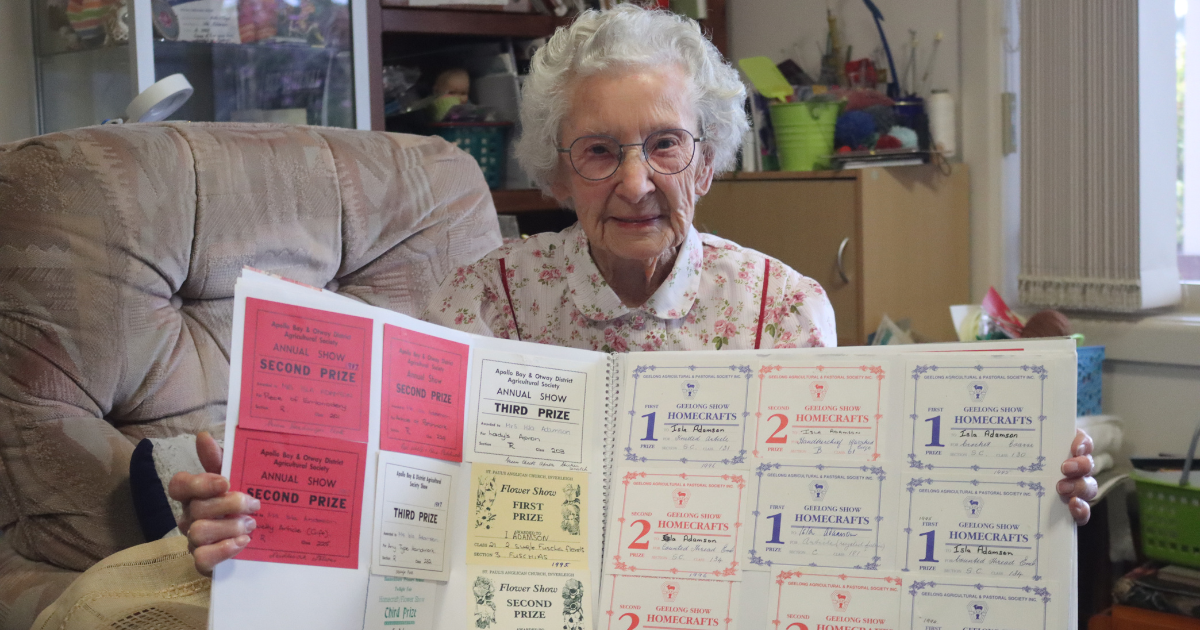I’ve just separated from my partner: Do we split the assets 50-50?

In family law property matters, there is a four-step process that is applied to determine an appropriate division of the property pool.
There’s a widespread notion that following separation, the property or assets of a couple are divided “50-50” or that each person is “entitled to half”.
While in some cases an equal division of the asset pool may be appropriate, it is not the starting position when determining who gets what following separation.
So how are family law property matters determined?
There is a four-step process that is applied to determine an appropriate division of the property pool, in accordance with principles set out in the Family Law Act 1975 (Commonwealth).
Briefly, the four-step process involves:
STEP 1: Should the Court exercise its jurisdiction
The Court will need to be satisfied that there is a valid marriage or a de facto relationship that has ended which establishes the Court’s ability to exercise its power and then decide whether it is appropriate to do so.
STEP 2: Identifying the property pool and its value
This involves establishing what the property pool consists of and the current value of the items in the pool. The property pool includes assets such as the matrimonial home, other real estate, bank accounts, motor vehicles and superannuation.
Debts and liabilities, including mortgages and credit card debts, are also included in the property pool.
Assets and liabilities that are in one person’s individual name are typically still included in the asset pool, as well as property in joint names.
STEP 3: Contributions made by each party
Once the property pool has been identified, each person’s contributions are considered. This includes direct and indirect contributions, as well as financial and non-financial contributions. Financial contributions include for example monetary gifts and income applied to a mortgage. Non-financial contributions include for example homemaker duties, caregiving and making improvements to an asset.
STEP 4: Future needs of each party
It is then necessary to consider issues that may impact on either person’s future needs and income earning capacity and whether an adjustment is required. Some elements taken into consideration in relation to future needs are the ages and health of the parties, their current income and qualifications, financial resources available to them and the care arrangements of any children.
For the Court to make Final Orders for a property settlement, it must be satisfied that the settlement is “just and equitable”, or appropriate in the circumstances. This involves weighing the contributions and adjusting for future needs.
There are some circumstances where no division will be required, or the appropriate course of action is to make no adjustment to the assets or liabilities following separation.
It is important to remember that no property settlement is the same and how property is divided is dependent on individual circumstances – it is not as simple as splitting everything “50-50”.
At Wightons Lawyers, our family law practitioners can provide advice tailored to your circumstances about the property division process after separation.
We invite you to contact our office on 5226 4100 to make an appointment with our family law team, or head to wightons.com.au
This article is general information only and is not legal advice or a substitution for such advice.
// Sponsored Content

















